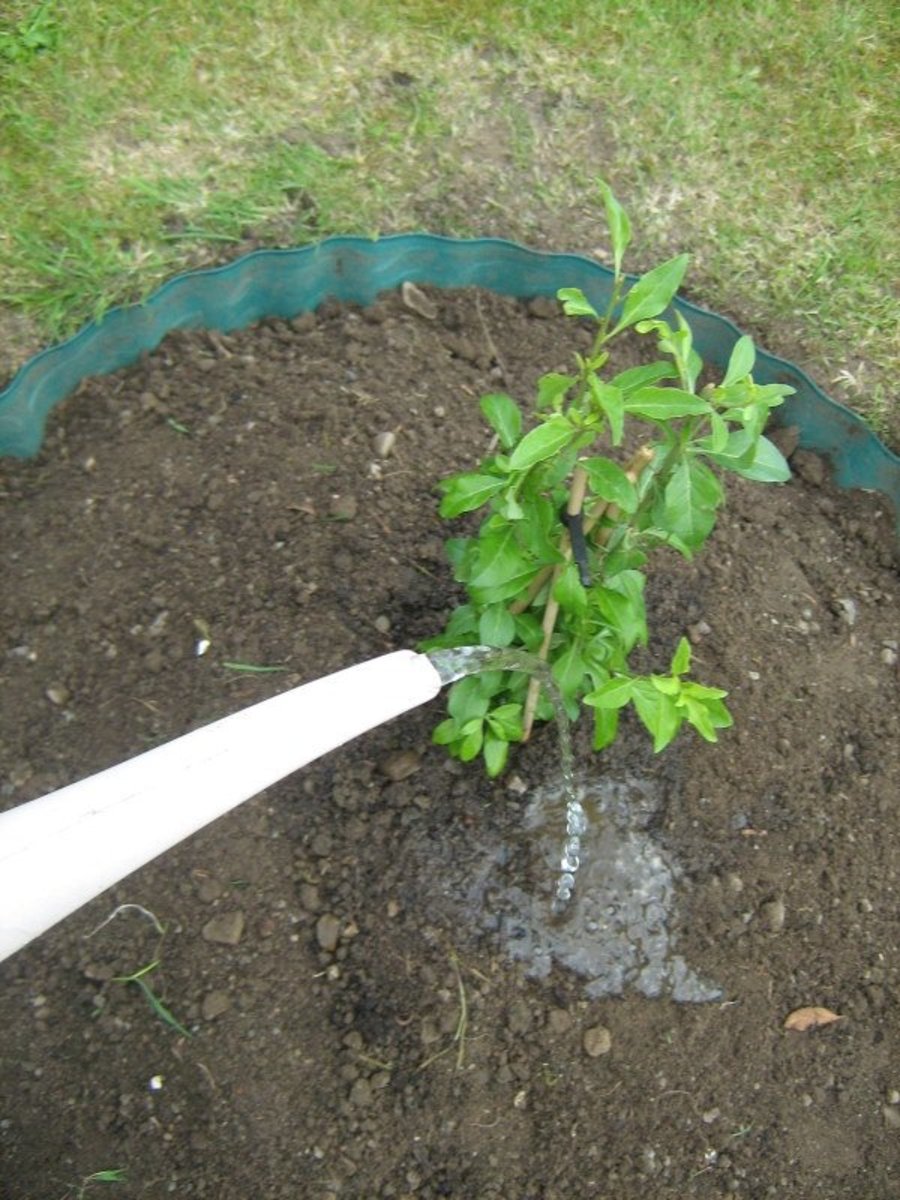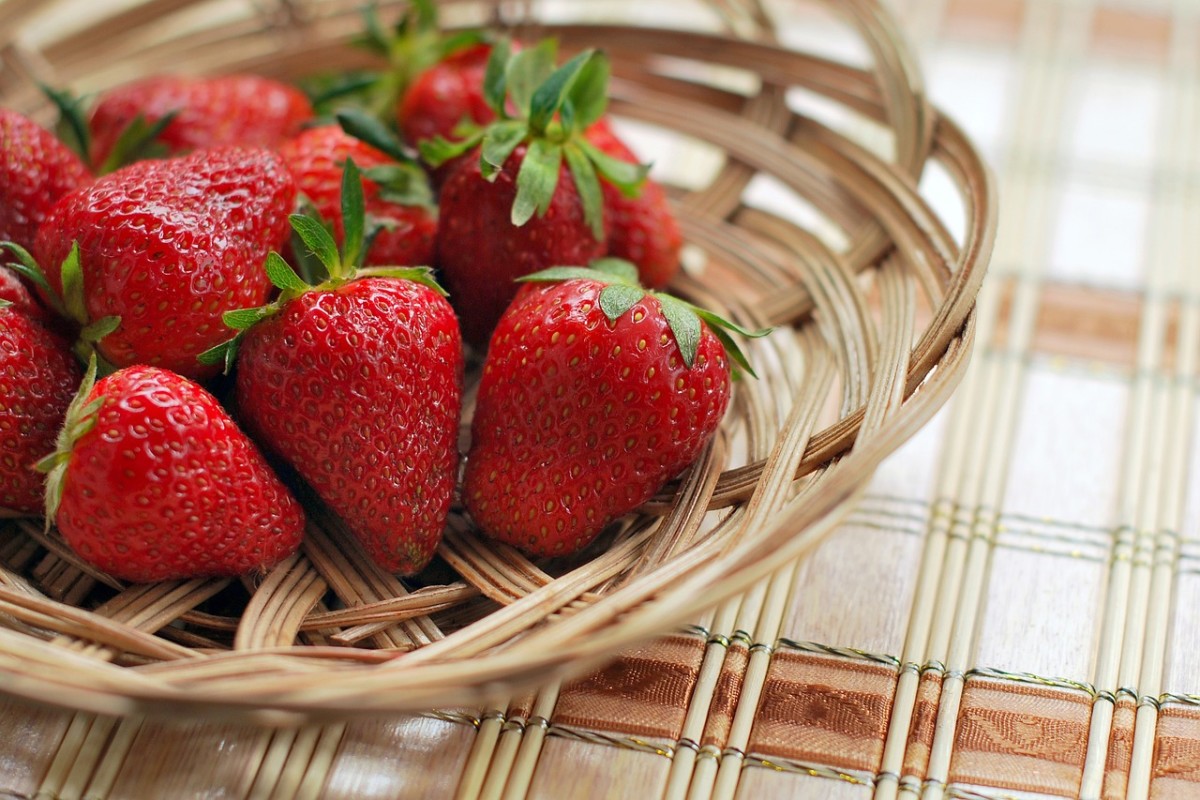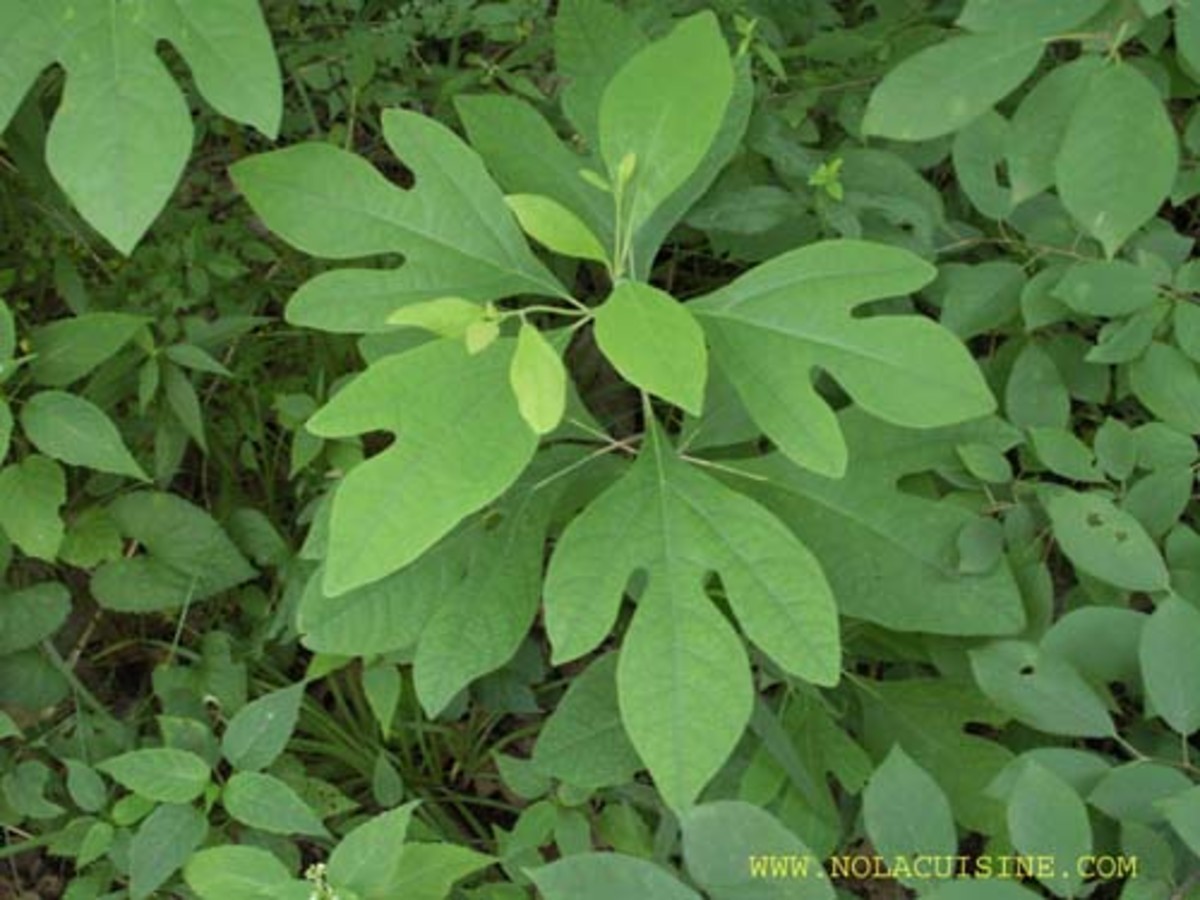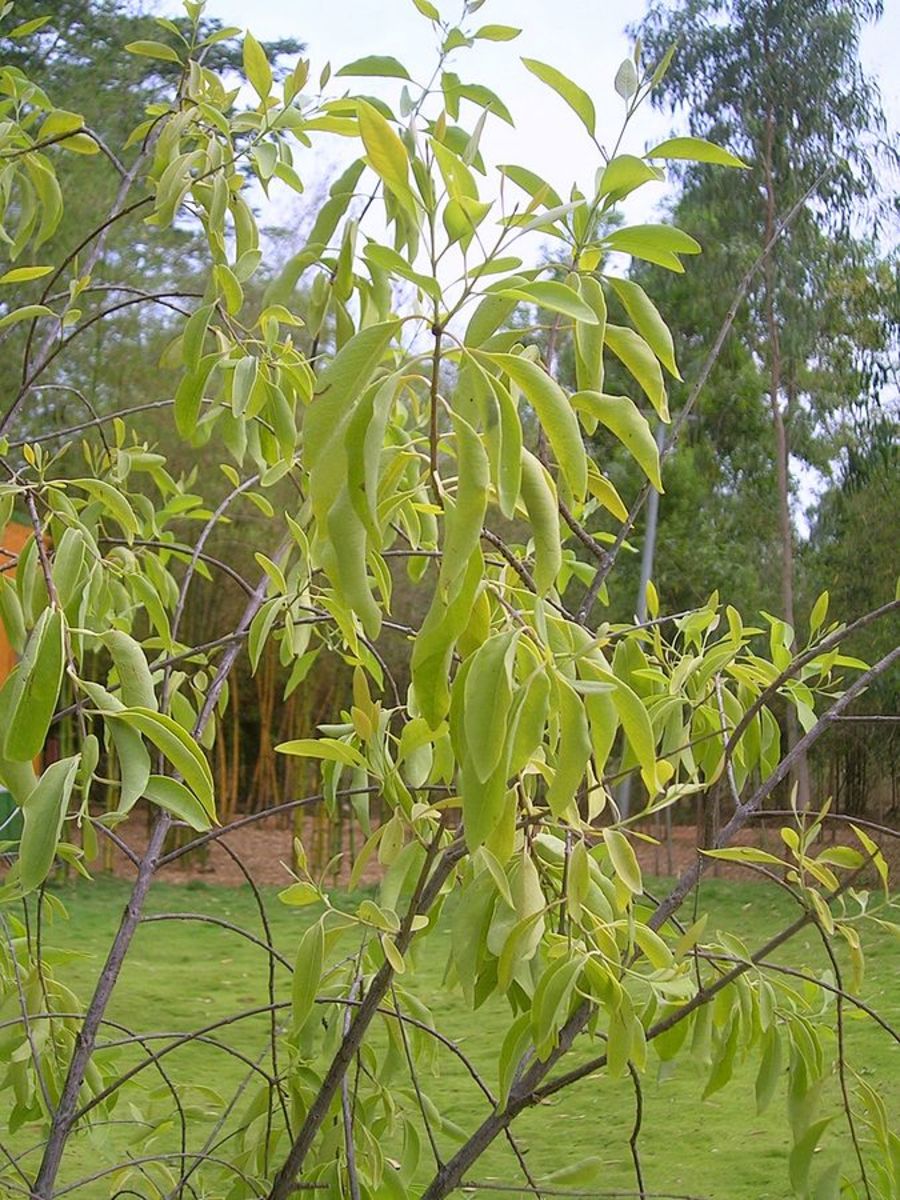How to Grow Goji Berries
Poll
Have you eaten goji berries before?
Goji Plant - Before
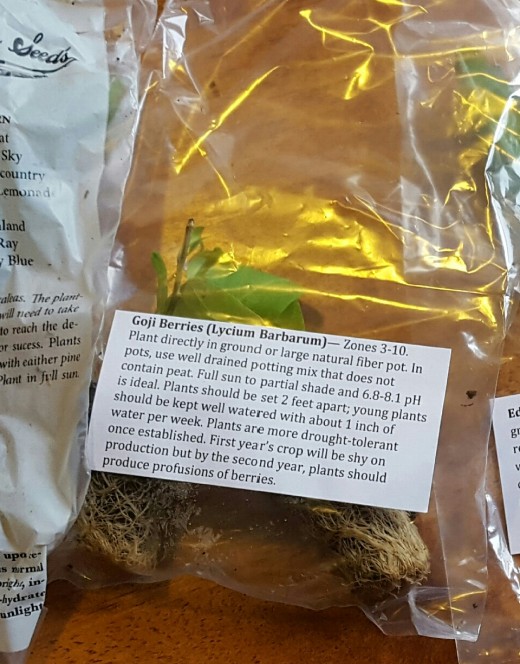
Growing Conditions
Goji berries are surprisingly adaptable. They can grow in USDA Hardiness Zones 3 through 10 and although they prefer to be exposed to full sun, they can deal with shade as long as it they get a few hours of sun each day. Goji plants also grow in all kinds of soil conditions, just be sure to keep their roots covered by the soil.
What is my USDA Hardiness Zone?
Where to buy Goji plants?
Goji plants are available everywhere from heirloom plant websites to chain gardening stores. When looking for a plant to call your own, make sure that the scientific name (either Lycium barbarum or Lycium chinense) is used in the description. The plants can also be referred to as wolfberries or simply as Goji. Be sure to check the vendor's return policies; if they allow you to return plants for any reason then it's a good sign that you're getting an actual Goji plant. To be 100% sure, you can compare the leaves and flowers of your plant to the ones of mine below.
Lycium Barbarum Leaves and Flowers
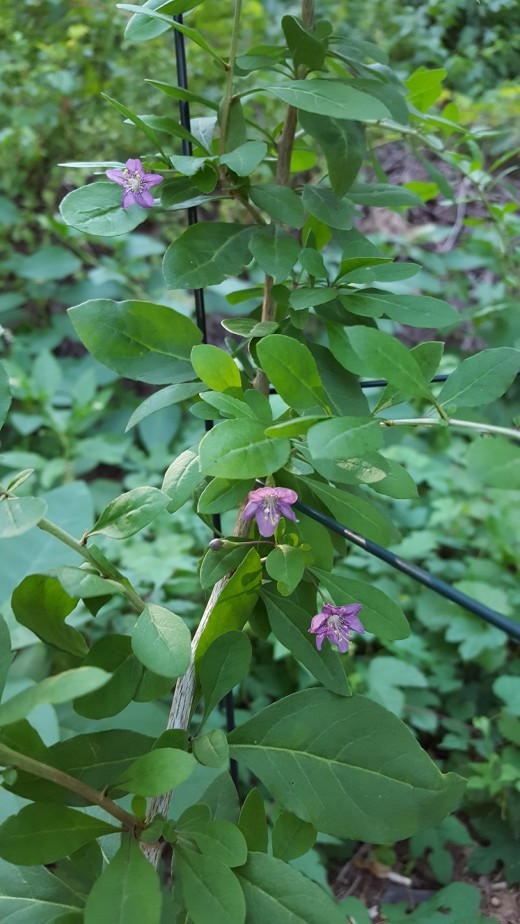
How fast do they grow?
Goji plants grow very quickly. In one season, from April to October, in my Zone 6 garden with regular soil, my plant went from a few inches tall to surpassing 4 feet tall and growing over the tomato cage I used to hold it up. Tomato cages are a great way to support Goji plants and can be bought at any store that sells gardening equipment. Some gardeners suggest pruning all flowers in the plant's first year to increase production the following year, but I couldn't help myself and in my first year I got around 20 berries.
Growing Specifics
Goji berries are self pollinating, so you'll only need to grow one to get berries. Goji berries, like tomatoes and peppers, are in the nightshade family. Much like other nightshades, their flowers contain both male and female parts, which will combine to give you a bunch of berries! Like other plants, they appreciate a nice layer of mulch even though they're ridiculously hardy.
Nutrition Facts
Goji berries are a notorious superfood, known for their high levels of antioxidants. Their antioxidant levels are over 2 times that of pomegranates and 10 times that of blueberries. Goji berries also have high levels of Vitamins A, B2, C, selenium, and iron, which are all trace minerals that help the function of the body. Combined with the high amount of fiber in them, goji berries make a great snack in addition to providing all of these nutrients.
Instructions for Drying Goji Berries in an Oven
- 1. Heat an oven to 140 degrees Fahrenheit.
- Put the fresh berries on a wire rack that has holes small enough to keep them from falling through on a cookie sheet (just in case!) and put inside the oven.
- Leave the oven door slightly open and turn so that all sides can dry evenly.
- Similar to raisins, Goji berries will become wrinkly as they dry and they should begin to shrink as well.
What to do with Goji berries?
Once you've planted and picked Goji berries, you can use them fresh or dried. They're commonly dried because it makes them sweeter, when they're fresh they have a spicy taste similar to peppers and tomatoes. To dry them, you can either leave them outside in direct sunlight using cheese cloth or you can cook them in an oven according to the directions listed above. Solar drying works well in climates that aren't especially humid, and since Goji berries ripen in the fall, it's easy to accomplish. Goji berries can also be dried using a dehydrator, but if you don't have one the other two methods work perfectly fine. Once dried, they can be added to salads, desserts, and more, pretty much any recipe that includes berries. Dried Goji berries can also be used as a sweet garnish, although they may not be the most attractive berry.


